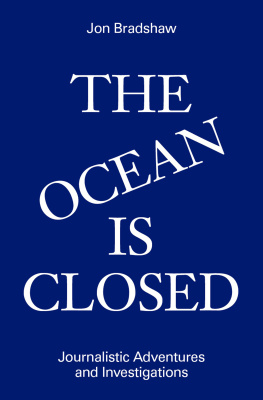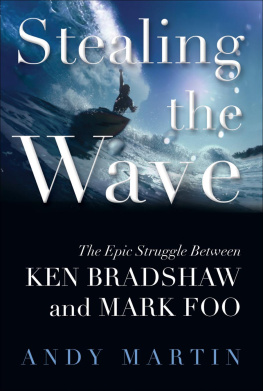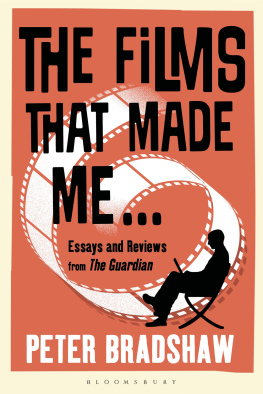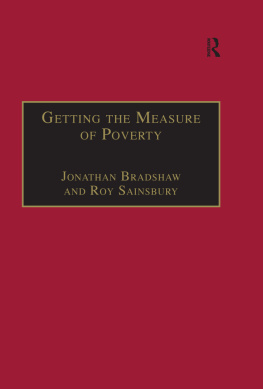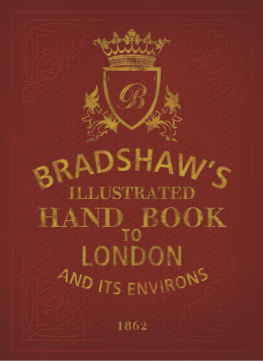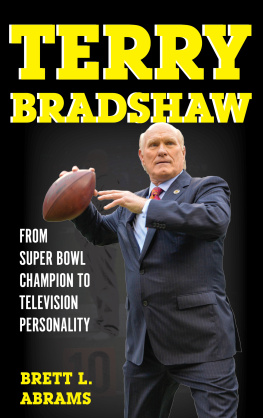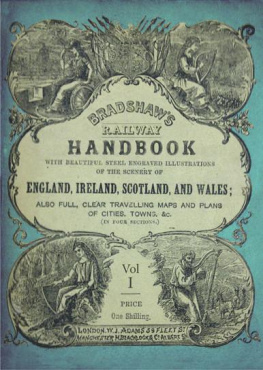Table of Contents
Page List
Guide
THE OCEAN IS CLOSED
Journalistic Adventures and Investigations
Jon Bradshaw
PUBLISHED BY
Ze Books of Houston, TX in partnership with Unnamed Press of Los Angeles, CA
3262 Westheimer Road, #467
Houston, TX 77098
www.zebooks.com
CREDITS
Credits for visual content featured in The Ocean is Closed are included at the end of this volume. All rights reserved, including the right to reproduce this book or portions thereof in any form whatsoever. The editors would like to express their gratitude to rights holders who generously gave their permission. In particular, the editors would like to thank the Hugh M. Hefner Foundation and its Board of Directors for their courtesy and kind permission to publish the Hugh M. Hefner letters of December 23, 1975 and July 11, 1988.
BOOK SERIES DESIGN
With Projects, Inc.
www.withprojects.org
ISBN
978-1-733540-148
246897531
First Ze Books Printing:
March 2021
Library of Congress Control
Number: 2020949790
Typeset in Janson and Univers.
Printed on 55LB. Rolland Enviro 100 Natural.
Printed in Canada.
Copyright Ze Books
For Shannon
Table of Contents
by Alex Belth
Previous:
The final photograph of Bradshaw with his daughter Shannon. Photograph by Carolyn Pfeiffer
He thought of the world as a marvelous jewel box and he just had to go and look for the jewels.
Emma Soames.
PUBLISHERS NOTE
I moved from England, where I was educated, to New York, where I was born, in the summer of 1975. It was two months after friends Jon Bradshaw and Anna Wintour had made the same move. Annas brother Patrick was one of my best friends, and she was the ultracool older sister with equally cool and urbane boyfriends. Because they lived on the Upper East Side of Manhattan, at Sixty-Seventh Street, I took an apartment on Eighty-Second Street, even though I spent most of my evenings downtown at CBGB and other music clubs and at discotheques.
I had a few relatives in New York and a few friends to go and hear music with, but at least three nights a week, Bradshaw, Anna, and I went to Maxwells Plum for dinner (free because Bradshaw had written a cover story about the singles bar for New York Magazine), to Nicolas on Eighty-Fourth Street (Bradshaw had a book cover on the wall), to a repertory cinema, or to the jazz clubs on Fifty-Second Street. I was reviewing third-string plays for the Village Voice and Bradshaw initially helped edit me. He was a different sort of father figure: erratic, insecure, loving but also melancholy, and in possession of a deep well of understanding and resignation at the folly of the world. Bradshaw was enjoying a certain success in the city with cover stories for New York Magazine and the simultaneous publication of two books: Backgammon, the Cruelest Game: The Art of Winning (with Barclay Cooke), a highly literary instruction manual, and Fast Company: How Six Master Gamblers Defy the Oddsand Always Win, a spellbinding tale of the oddballs whom Bradshaw loved to romanticize.
Bradshaw gave me a crash course in literature. I had studied French novels at university and had a standard knowledge of English and American classics. But he had me reading Damon Runyon, Ring Lardner, Budd Schulberg, Norman Mailer, and especially John OHara. He also introduced me to critics such as Cyril Connolly. He took me under his wing and provided an idiosyncratic but essential education that has shaped my tastes to this day.
In April 1976, at dinner after a Bob Marley concert at the Beacon Theatre, Bradshaw introduced me to Chris Blackwell, which changed my life. He was an old friend of Bradshaws and the hero of my adolescence, since I lived for music and his Island Records was my favorite label. Chris would eventually finance my own record label, Ze Records, and he remains one of my closest friends. Both Chris and I keep a picture of Bradshaw on our desks to this daythirty-five years after his death.
After a long hiatus from the entertainment business, I started Ze Books to publish Glenn OBrien, another close friend who passed away in 2017, because I wanted to honor his writing, and Intelligence for Dummies was released in 2019. This same impulse has led me to now publish The Ocean Is Closed. OBrien wrote, There is so much important writing in the magazines of the past that deserves to be exhumed, and it is my hope that Bradshaw will be remembered because of this book. Some of Bradshaws writing is important as social history, but most of all it makes for a rollicking great read. Readers feel as if they are in the room with him and his interviewees.
Bradshaw was enormously empathetic, and he somehow managed to meld with his subjects no matter how different they were from each other. My favorite Bradshaw memory is of him sitting in my room in a small hotel in Berlin in 1978, on his way to connect with the Baader-Meinhof gang, the West German Far Left militant organization. He explained to me that he would be able to relate to Andreas Baader because they had come from similar backgroundsraised by their mothers, given a peripatetic and unconventional educationand because they shared the same simian good looks.
I want to thank Bradshaws widow, Carolyn Pfeiffer; their daughter, Shannon; and Alex Belth for helping put this book together.
Michael Zilkha, Maine, September 2020
INTRODUCTION BY ALEX BELTH
Jon Bradshaw always said he would die young, but he probably didnt think hed keel over on a public tennis court in Studio City a few weeks shy of turning forty-nine.
The smart money said hed meet his fate on assignment in the Comoro Islands, where hed interviewed a French mercenary for Esquire. Or at the Komische Oper opera house in then East Berlin, in clandestine meetings with members of the Baader-Meinhof gang. Or in a prison cell in the ancient Indian city of Gwalior, where he was the first American journalist to interview Phoolan Devi, the murderous bandit queen. But not while playing doubles with friends one autumn morning in the City of Angels.
Dying young fit the romantic image of the hard-drinking writer, and Bradshaw was a confirmed romantic who concocted his own literary persona: the magazine journalist as world-weary adventurer and dashing man-about-town.
In the 1960s, a handful of nonfiction writers emerged as literary rock stars. Magazines, then at the center of cultural conversation, delivered stories that were talked about for weeks, and for twenty years, Bradshaw cut a distinct figure in this world, delivering controversial cover stories and juicy character studies that were deftly written and intensively reported. Although he used the same novelistic devices of scene and dialogue that were the cornerstones of the so-called New Journalism, Bradshaw was not associated with any movement. He never wrote a bestseller or had a story turned into a famous movie. He was in it for the fun of it, says writer-editor Lewis Lapham, and for the learning. He delighted in the persona he presented but was not a self-promoter.
He was Bradshaw. Not Jon Bradshaw. Not Jonny or J.B. Just Bradshaw. Three packs of Rothmans a day, Johnnie Walker Black, two pieces of ice. Gambler, gossip, raconteur, playboy, and bon vivant, he fancied himself the last of the boulevardiers, tripping the tightrope twixt insolence and insouciance, as hed say with a smile in his winsome, mischievous way. A toothless bulldogall snarl, no bitehe forever looked like a man up to something. Your responsibility was to anticipate the self-interest and dubious privilege, says filmmaker Alan Rudolph. It made his trustworthiness more profound. And you could trust Bradshaw as a friend when it counted.

